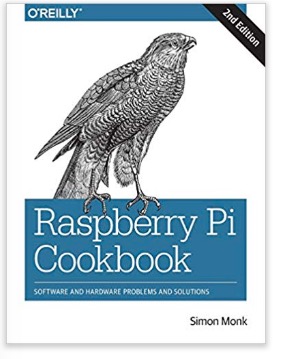Recent Posts
Raspberry Pi Cookbooks For Python Programming Plus Software and Hardware Solutions
Posted by on
 With millions of new users and several new models, the Raspberry Pi ecosystem continues to grow, along with new questions about the Raspberry Pi’s capabilities.
With millions of new users and several new models, the Raspberry Pi ecosystem continues to grow, along with new questions about the Raspberry Pi’s capabilities.
The second edition of this favorite cookbook provides more than 240 hands-on recipes for running this small, low-cost computer with Linux, programming it with Python, and hooking up sensors, motors, and other hardware, including Arduino and the Internet of Things (IoT).
Prolific hacker and author Simon Monk also teaches basic principles to assist you to use new technologies with Raspberry Pi as its ecosystem proceeds to develop.
This cookbook is an excellent choice for programmers and hobbyists familiar with the Pi through resources. Python programs and other code examples from the book are available on GitHub.
This book begins by guiding you through setting up Raspberry Pi 3, performing tasks using Python 3.6, and introducing the first steps to interface with electronics. As you work through each chapter, you will extend your skills and utilize them as you advance.
You will build text classifiers, predict sentiments in words, develop applications using the popular Tkinter library, and create games by controlling graphics on your screen. You will harness the power of a built-in graphics processor using Pi3D to create your high-quality 3D graphics and environments.
You will understand how to connect the Raspberry Pi's hardware pins directly to control electronics, from switching on LEDs and responding to push buttons to driving motors and servos.
Get to grips with monitoring sensors to collect real-life data, using it to control other devices, and observing the results over the internet.
You will apply what you have learned by building your own Pi-Rover or Pi-Hexipod robots. You will also learn about sentiment analysis, face recognition techniques, and building neural network modules for optical character recognition.
 Loading... Please wait...
Loading... Please wait...

